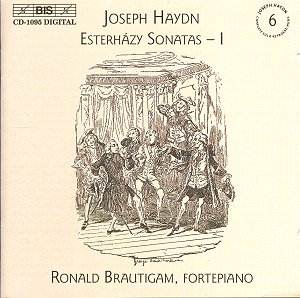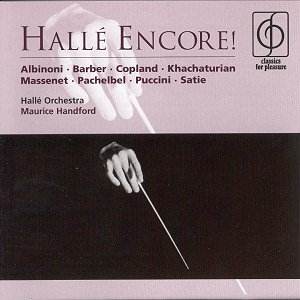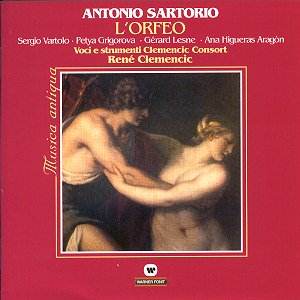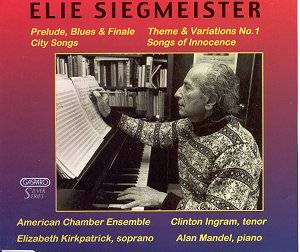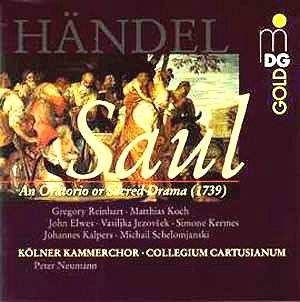 Composer: Georg Friedrich Handel
Composer: Georg Friedrich Handel
Works: Saul HWV 53
Performers: Gregory Reinhart (Saul), Matthias Koch (David), John Elwes (Jonathan), Vasilijka Jezovsek (Michal), Simone Kermes (Merab), Johannes Kalpers (High Priest), Michail Schelomjanskis (Samuel), Kölner Kammerchor, Collegium Cartusianum, Peter Neumann
Recording: Live recording, June 11, 1997, Trinitatiskirche, Köln, Germany
Label: MDG
The oratorio “Saul,” composed by Handel in 1738, emerges as a fascinating reflection of the composer’s adaptation to the shifting landscape of 18th-century musical theatre. Following a challenging period as an opera manager, Handel pivoted towards oratorios, which offered a viable alternative devoid of the financial burdens associated with opera. “Saul,” firmly rooted in the First Book of Samuel, not only showcases Handel’s dramatic prowess but also highlights his innovative orchestration and profound ability to convey psychological depth through music. The work’s initial premiere in 1739 met with relative success, allowing Handel to revive it multiple times until 1754, underscoring its significance in his oeuvre.
The performance captured in this live recording under the direction of Peter Neumann possesses an invigorating energy that is characteristic of live settings. Gregory Reinhart’s portrayal of Saul is particularly noteworthy; his rich, resonant bass voice brings a gravitas that aligns well with the character’s tumultuous narrative arc. The opening four-movement instrumental symphony sets an imposing tone, effectively establishing the tense atmosphere that permeates the work. Neumann adeptly navigates the fragmented nature of “Saul,” where the brevity of its 87 sections—comprised of recitatives, choral movements, and short arias—often contrasts with the expansive lyrical lines of Handel’s more celebrated arias. For instance, while the soloists deliver their lines with commendable clarity, the arias, such as Saul’s lament in Act II, though poignant, do not reach the emotional heights typically found in Handel’s longer, unfolding dialogues.
The Kölner Kammerchor, although not heavily utilized in this work, offers moments of resplendent choral texture that complement the soloists. Each voice is meticulously balanced, and the choir’s contributions, such as the stirring choral passages in the opening and climactic moments, exhibit both precision and fervor. However, one might argue that the overall sound is somewhat crisp, lacking the warmer resonance one might expect from a theater performance, given that this oratorio was originally intended for a more enveloping acoustic environment. MDG’s engineering captures the ensemble’s sound in a church setting, resulting in a sonic clarity that, while impressive, may sacrifice some of the lush sonority that a theatrical venue would provide.
Comparing this recording to other notable interpretations, such as those led by John Eliot Gardiner or Paul McCreesh, reveals a divergence in interpretative choices. Gardiner’s renditions often emphasize the drama with swift tempos and vibrant dynamics, while McCreesh’s approach is more contemplative, allowing the poignancy of the text to resonate deeply. Neumann’s interpretation lies somewhere between these extremes, offering a measured yet engaging exploration of the score.
The performance of “Saul” in this recording, despite its inherent limitations, stands as a strong testament to Handel’s genius for drama and character portrayal. The musicianship is of the highest caliber, with Reinhart’s compelling interpretation, supported by a capable ensemble, ensuring that the listener remains engrossed throughout the work’s intricate fabric. The combination of live energy and high production standards results in a recording that, while perhaps not the definitive account of “Saul,” merits attention for its vibrant execution and the quality of its performers.
